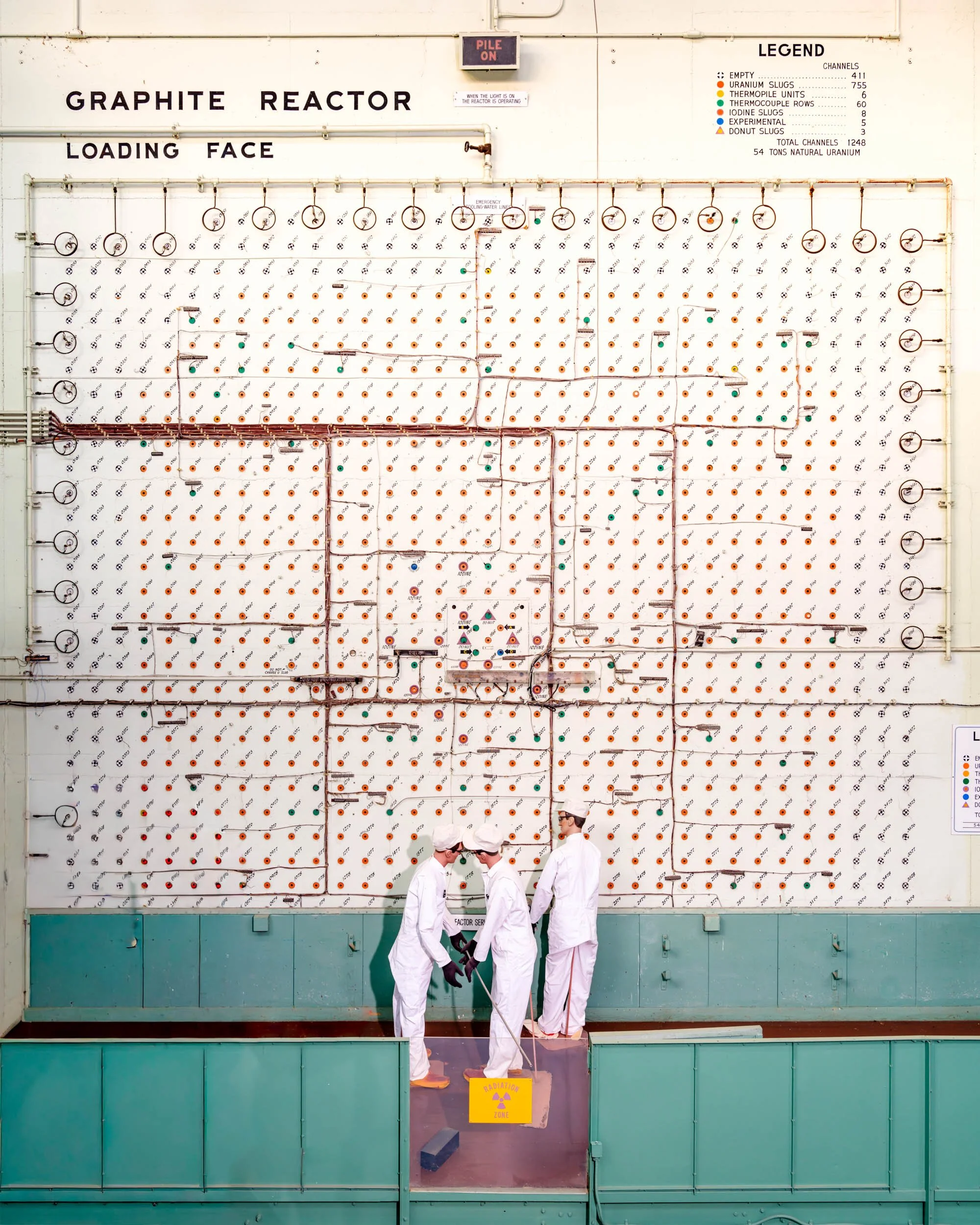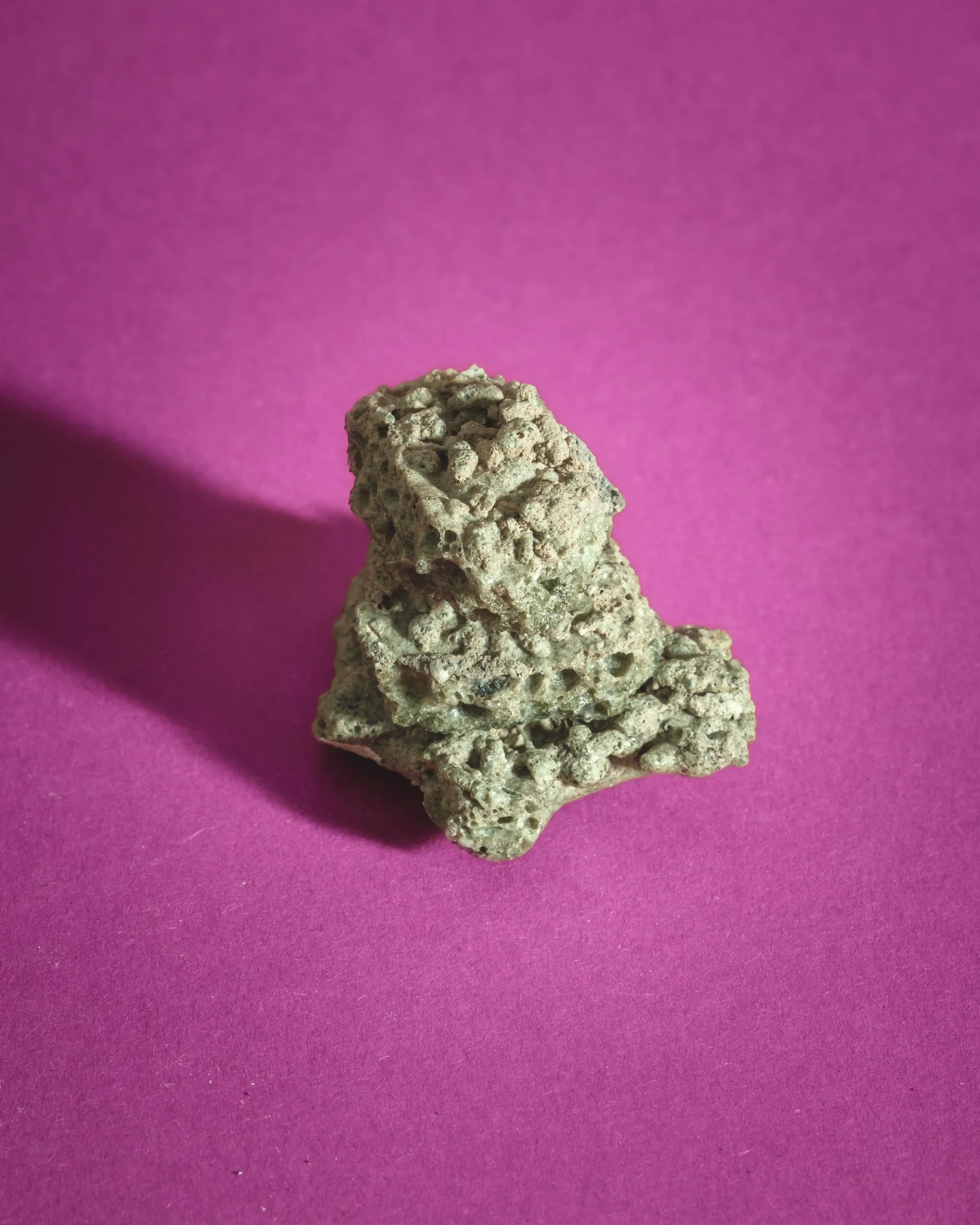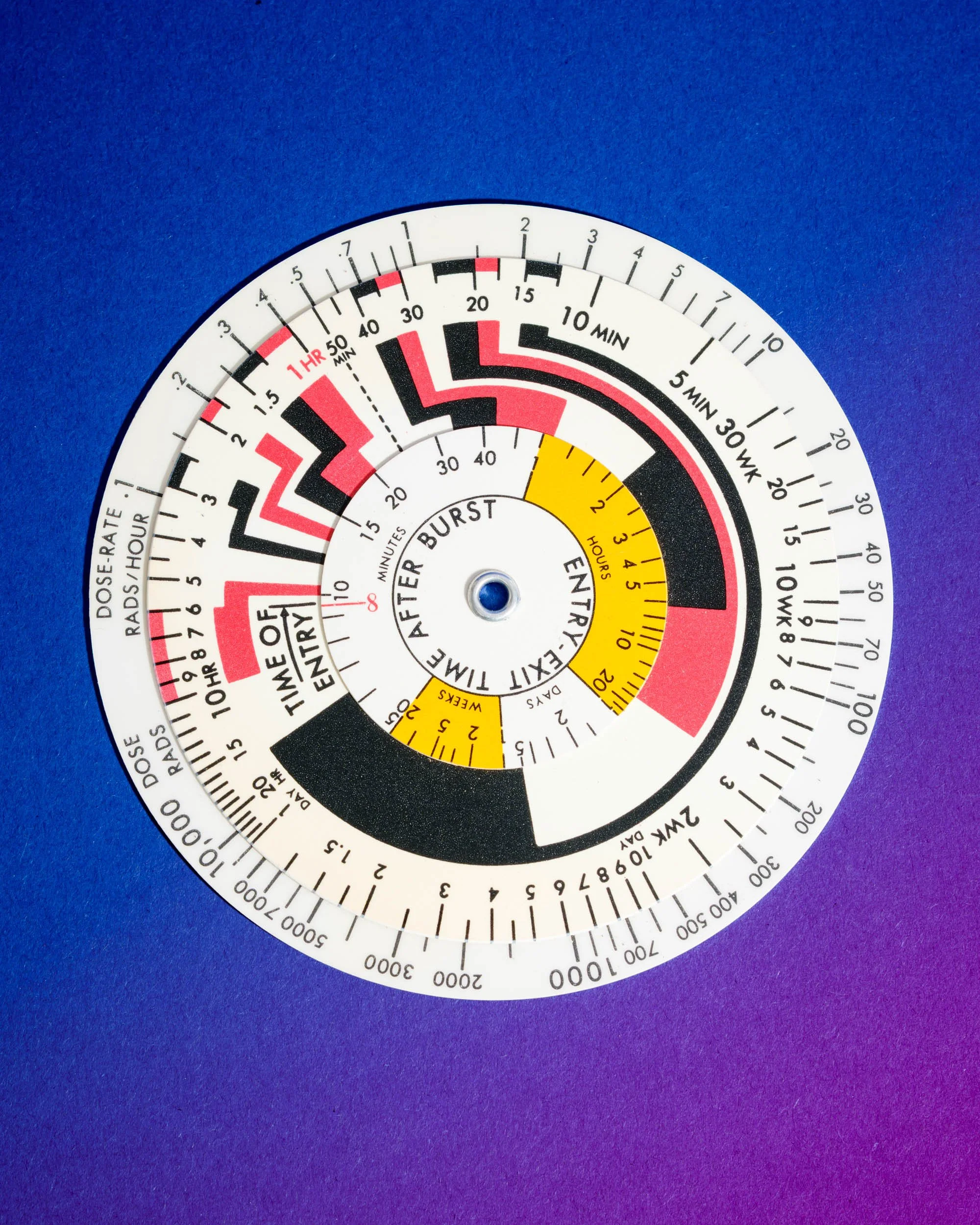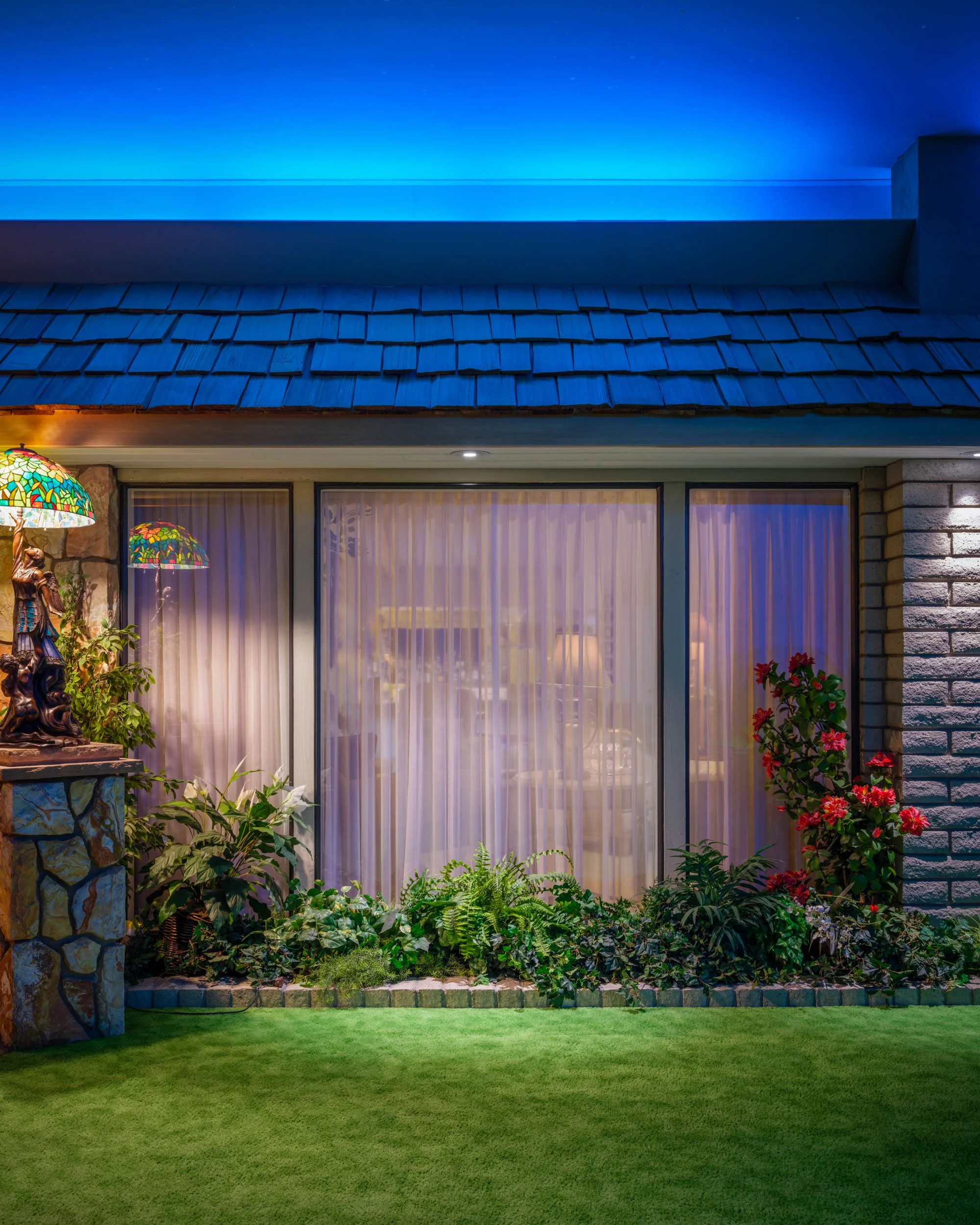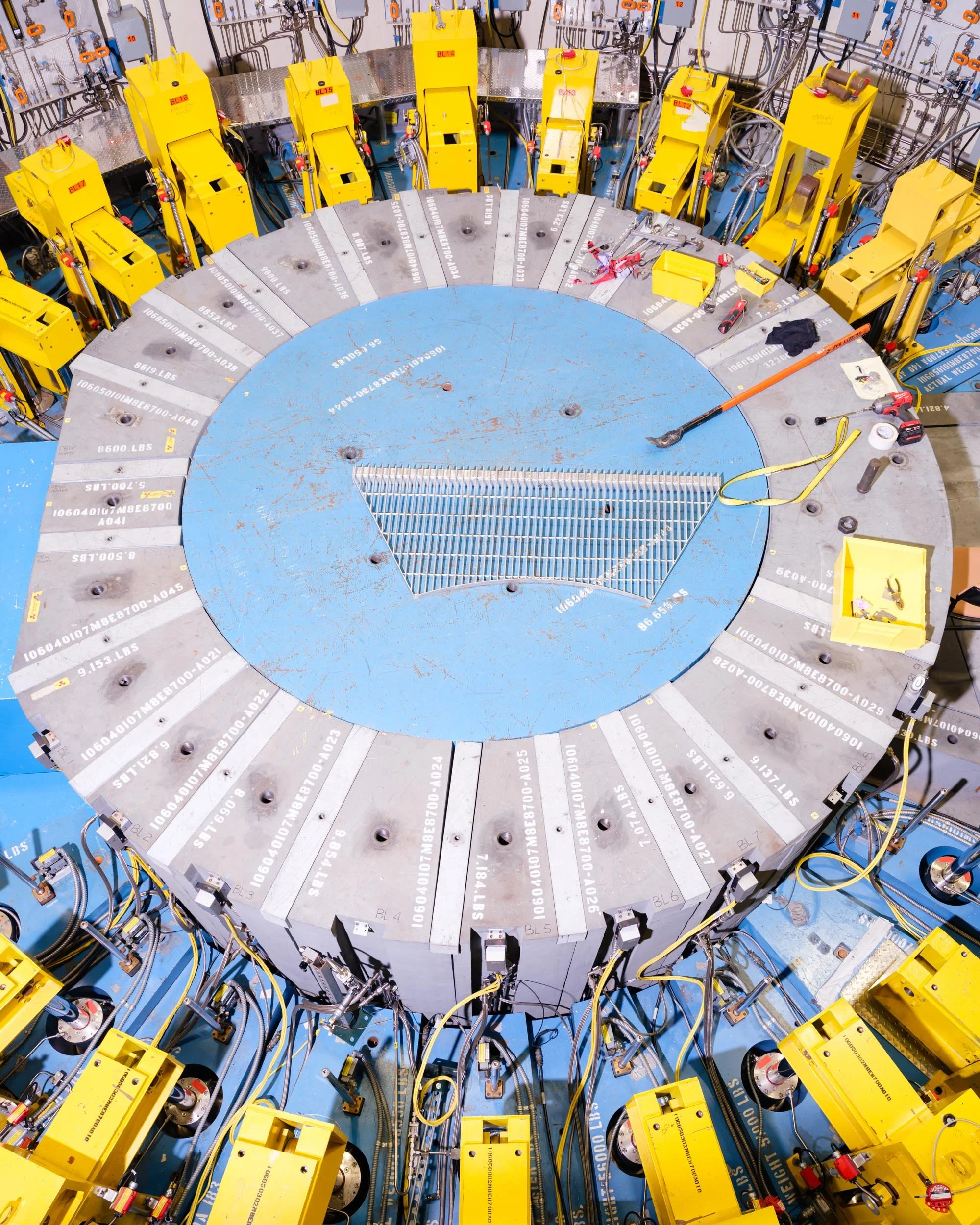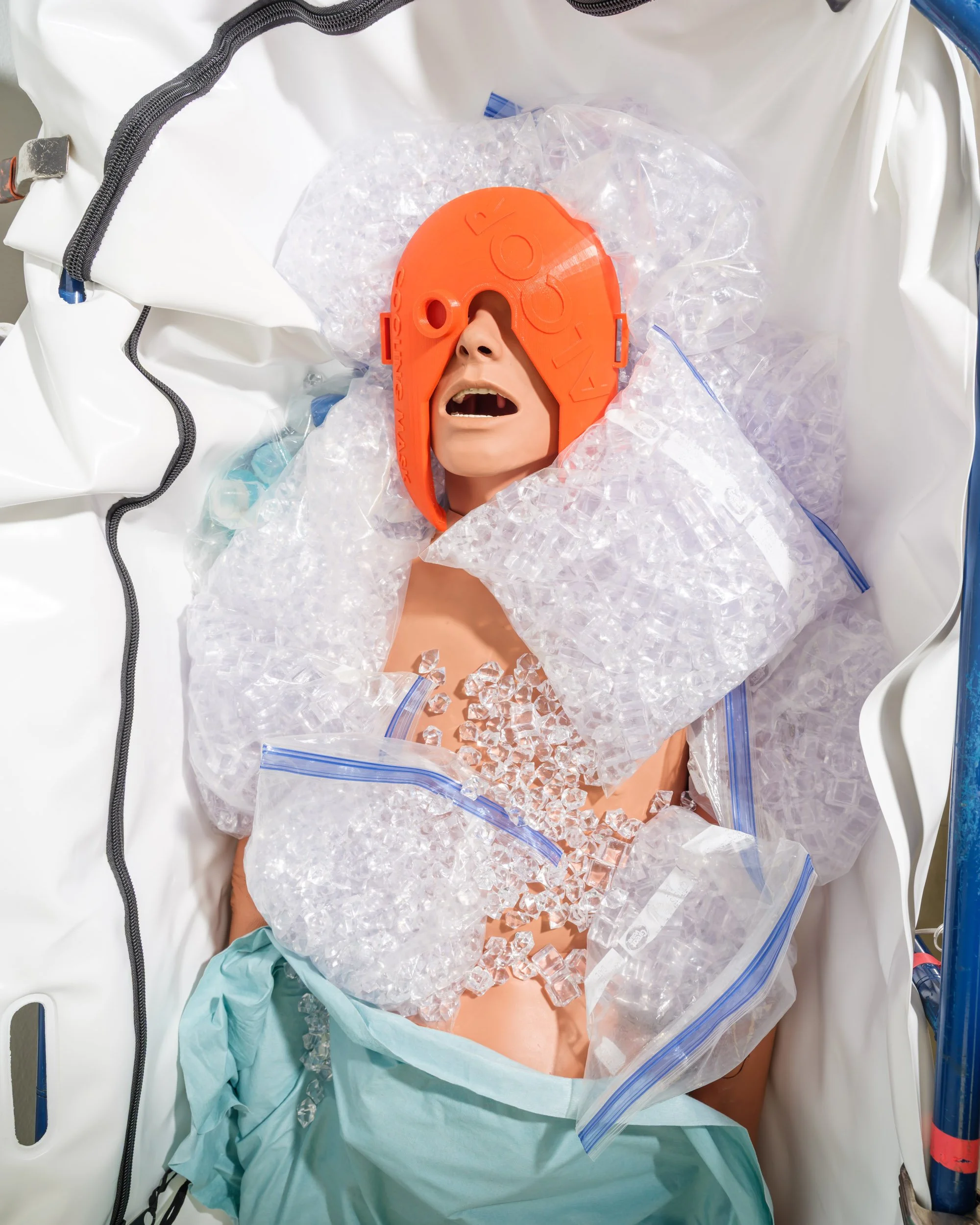COLD COMFORT ·
COLD COMFORT ·
Created in 1947 by the Bulletin of the Atomic Scientists, the Doomsday Clock measures how close humanity is to destroying itself. First set at seven minutes to midnight, it now stands at 89 seconds — the closest ever.
COLD COMFORT: THE ATOM AND US
We built a button that could end the world — then relied on luck, protocol, and a few sweaty phone calls to keep it from happening. Nuclear technology is at once our most ingenious achievement and our most catastrophic mistake.
We have nearly blown ourselves up by accident more times than we care to admit. Nuclear weapons may have kept the peace, or they may have left us dangling on the edge of oblivion. Nuclear medicine saves millions every year, even as nuclear waste will outlast civilization itself.
Today, the Doomsday Clock — humanity’s countdown to extinction — stands at 89 seconds to midnight, the closest it has ever been.
This project explores the absurd theatre of the atomic age: secret weapons labs, hospitals using isotopes to save lives, fallout shelters for politicians, the architecture of survival, fusion machines that look like spaceships, and a culture that turned annihilation into comic books, candy bars, and cocktails. Nuclear power is a story of both destruction and salvation — the glowing dream, and the nightmare beneath it.
The atom is innocent. The fallout belongs to us.
Project ongoing ….
X-10 Graphite Reactor, Oak Ridge National Laboratory, USA. The world’s first continuously operating nuclear reactor, built to produce plutonium for atomic bombs and later to supply life saving medical isotopes.
Oak Ridge was born in secrecy in 1943, a fenced city of 75,000 people built to refine uranium for the bomb. Workers lived, ate, and raised families without knowing their true purpose until Hiroshima. After the war, the site became Oak Ridge National Laboratory, turning from weapons to research. The labs now house some of the world’s fastest supercomputers.
Trinitite, New Mexico, USA, 1945. A glassy mineral created when the first atomic bomb test at Trinity fused desert sand into stone.
Nuclear Explosion Fallout Calculator. A U.S. Army tool for estimating radiation exposure after a nuclear blast, used to predict dose rates over time.
Titan II Intercontinental Ballistic Missile, Arizona, USA. The Titan II carried the most powerful nuclear warhead ever built by the United States — nine megatons, roughly 600 times the force of Hiroshima and three times the explosive power of every bomb detonated during World War II, including the atomic ones.
Fifty-four missiles stood on 24-hour alert across Arizona, Arkansas, and Kansas. Each 32-metre rocket could launch in under a minute and reach the Soviet Union in about 30 minutes, travelling at 26,000 km/h. A single detonation would create a fireball five kilometres wide and deliver fatal burns within 32 kilometres.
US Government Nuclear Bunker, USA. In the 1960s, a 112,000-square-foot nuclear bunker was secretly built beneath the Greenbrier Resort in West Virginia to house all 535 members of the U.S. Congress. Hidden behind blast doors disguised as hotel walls, it was meant to keep government running after a nuclear strike. Guests attended conferences in rooms that doubled as congressional chambers, unaware they were inside a classified fallout shelter. Behind a door marked “Danger: High Voltage – Keep Out” were dormitories, a cafeteria with painted windows, a hospital, and even a small jail.
Built in 1978 beneath the Las Vegas desert by millionaire Jerry Henderson, this 1,400 m² fallout shelter was designed as a complete underground home — artificial trees, painted horizons, and lighting to mimic sunrise and sunset. Henderson recreated the views from his other houses around the world and added a swimming pool, two hot tubs, a dance floor with pole, a bar, and a putting green. For five years, he and his wife Mary lived out the Cold War fantasy of comfort below ground.
Nuclear Fusion and Weapons Research Facility, USA. At the Lawrence Livermore National Laboratory in California stands the world’s largest laser — the National Ignition Facility. Built to maintain the reliability of the U.S. nuclear arsenal without testing, it can recreate the same extreme conditions found in stars or nuclear explosions. On December 5, 2022, it achieved a historic first: a fusion reaction that produced more energy than it consumed.
In January 2018, a state employee in Hawaii accidentally sent a public alert warning of an incoming ballistic missile, triggering 38 minutes of panic before officials confirmed it was a false alarm. Families took shelter, drivers abandoned cars, and cell networks jammed — all caused by one wrong click during a routine drill.
The Spallation Neutron Source at Oak Ridge National Laboratory in Tennessee uses the world’s most powerful pulsed neutron source for research on the structure of matter. More than 4,500 tonnes of steel surround the impact point to contain the reaction.
Nuclear Incident Response Training Site, USA. Located 105 km northwest of Las Vegas, the Nevada National Security Site was once the stage for over 1,000 nuclear detonations. At the T-1 training area, four nuclear devices were exploded between 1952 and 1957. The remaining trace radiation in the soil is now used to train emergency teams to respond to radiological attacks. Built after the 9/11 attacks, the site simulates a small American town struck by a nuclear or dirty bomb — complete with fake shops, wrecked cars, and aircraft.
At the Alcor Life Extension Foundation in Scottsdale, Arizona, more than 200 people and several pets are preserved in cryogenic suspension inside steel dewars cooled by liquid nitrogen. The bodies are stored upside down so the head remains frozen longest if nitrogen levels drop — a precaution meant to survive any crisis, even global collapse. Rooted in the same Cold War logic that built fallout shelters, Alcor represents a new kind of reset: the hope that technology can not only endure catastrophe but reverse it — outlasting both nuclear extinction and death itself.
Onkalo Spent Nuclear Fuel Repository, Finland. The Onkalo tunnel extends more than 400 metres into ancient bedrock, designed to store the country’s spent nuclear fuel for at least 100,000 years — longer than any civilisation has lasted. Copper canisters will be buried in clay and sealed within the rock, intended to remain safe long after our languages and nations have vanished.


